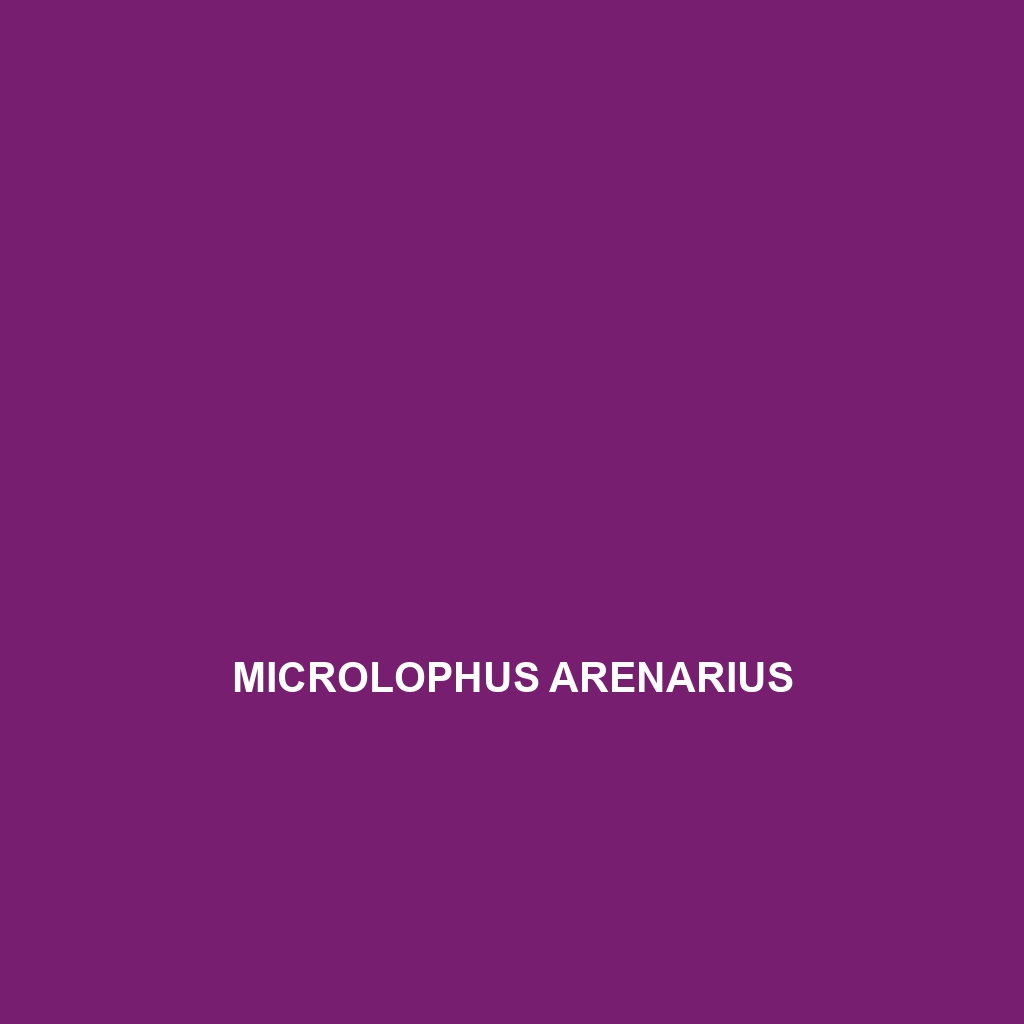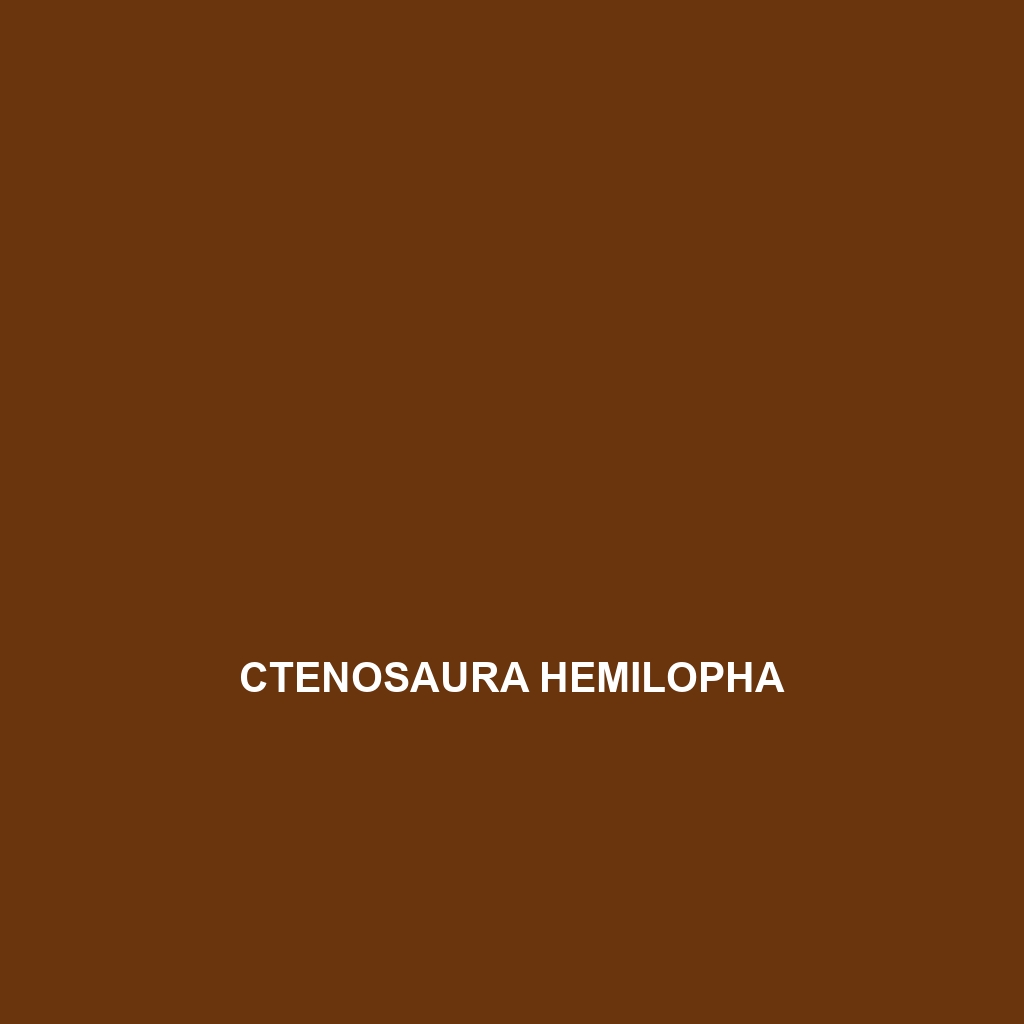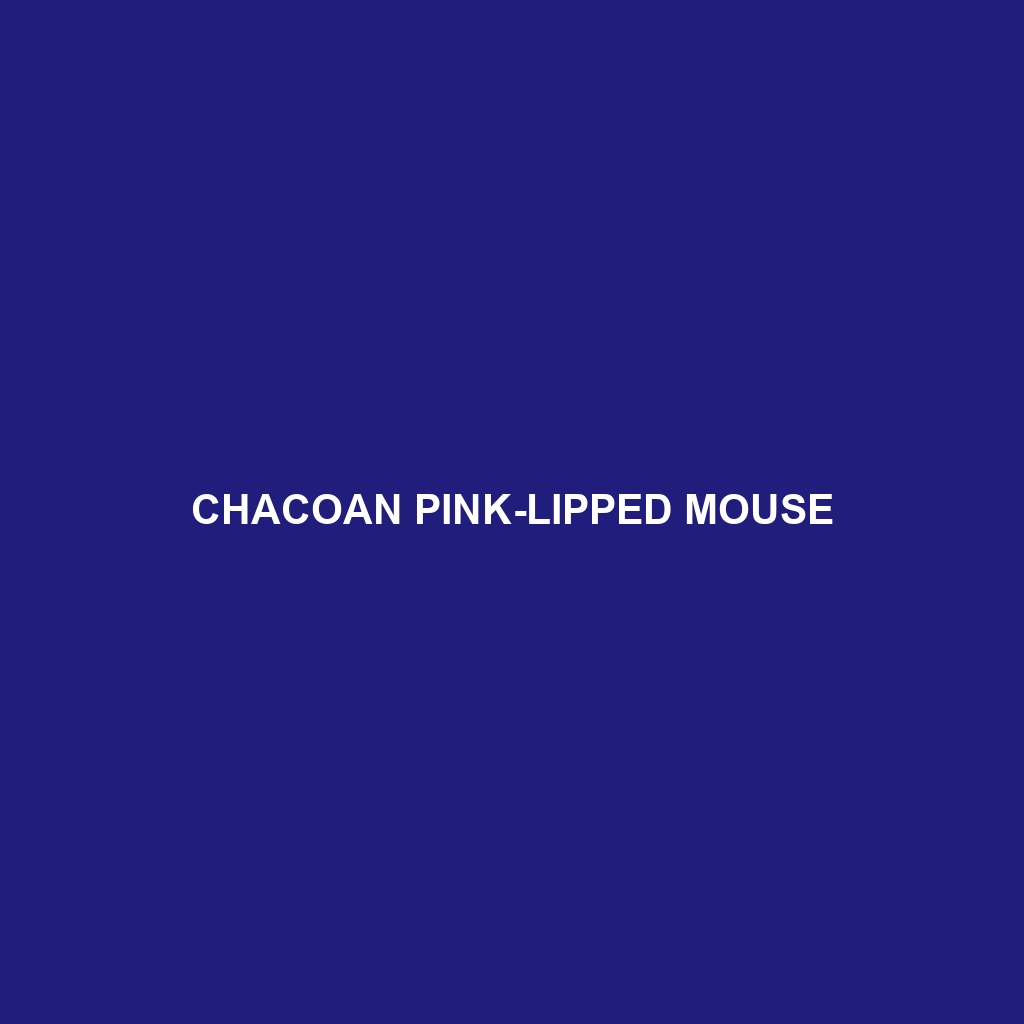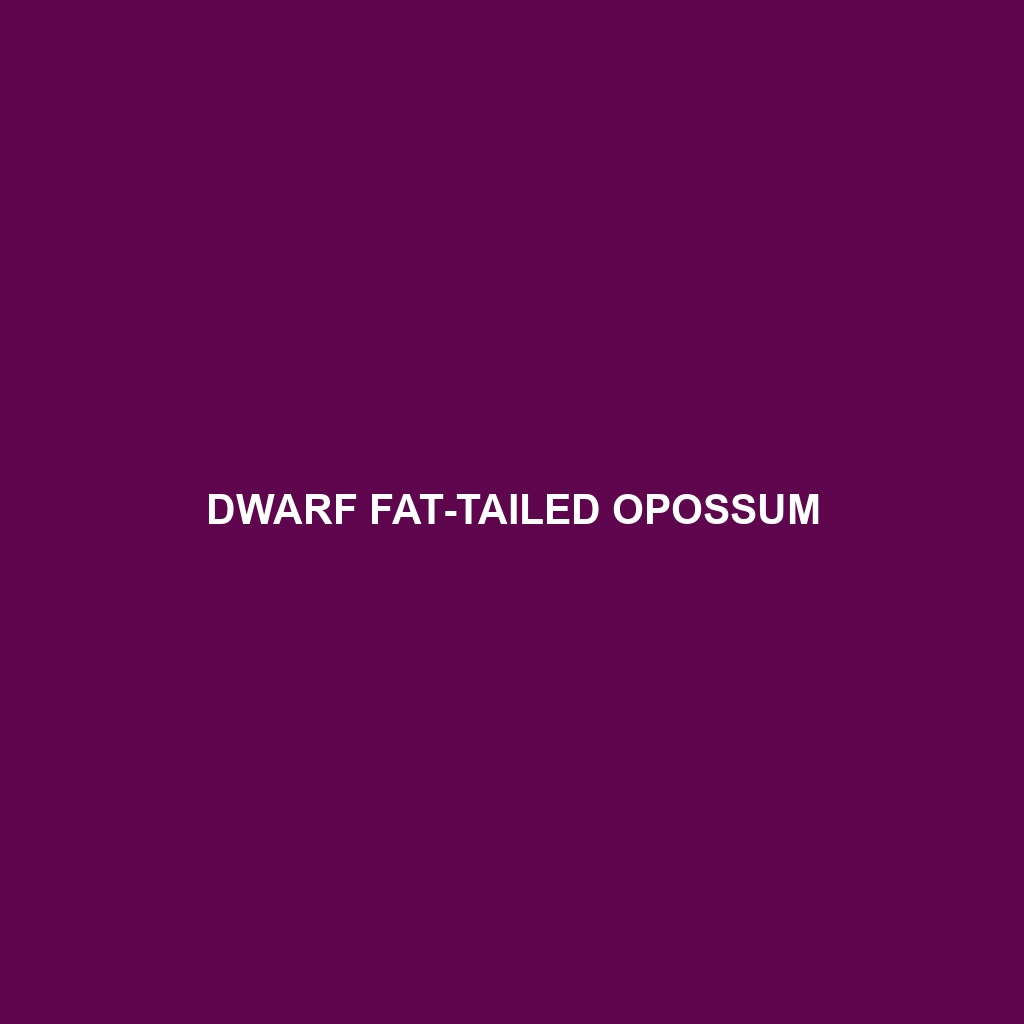Discover the <b>Sphaerodactylus cinereus</b>, or gray sphaero, a small, nocturnal lizard native to the Caribbean's tropical and subtropical regions. With its unique adaptability, elongated limbs, and effective camouflage, this insectivorous species plays a vital role in maintaining ecosystem balance while facing habitat challenges.
Tag: dry forests
Sphaerodactylus caicosensis
The <b>Caicos Curly-tailed Lizard</b> (<i>Sphaerodactylus caicosensis</i>) is a small, agile lizard native to the Turks and Caicos Islands, thriving in tropical ecosystems such as savannas and dry forests. With a distinctive mottled coloration and specialized toe pads for climbing, this insectivorous species plays a crucial role in maintaining ecological balance by regulating insect populations.
Microlophus albemarlensis
Discover the unique Microlophus albemarlensis, or Galápagos land iguana, known for its remarkable camouflage and adaptations to the arid ecosystems of the Galápagos Islands. This herbivorous reptile thrives on a diet of leaves and fruits, playing a crucial role in maintaining plant diversity and seed dispersal in its habitat.
Hemidactylus nicolauensis
<p><b>Hemidactylus nicolauensis</b>, also known as the São Nicolau gecko, is a slender, nocturnal species native to the dry forests and savannas of São Nicolau Island in Cape Verde, measuring 10 to 15 centimeters in length and displaying effective camouflage with muted colors. This insectivorous gecko plays a vital role in regulating insect populations and is known for its ability to change coloration based on its surroundings.</p>
Diplodactylus ameyi
fascinating Diplodactylus ameyi, a small nocturnal gecko found in the dry forests and savannas of Australia, known for its coloration, agility in climbing, and role as an insectivore aiding ecosystem balance. This vulnerable species showcases intriguing behaviors such as tail regeneration and vocalizations during mating seasons.
Ctenosaura hemilopha
Discover the Black Spiny-tailed Iguana (Ctenosaura hemilopha), a striking herbivorous species from Mexico and Central America, known for its robust body, impressive size (up to 3 feet), and unique adaptive behaviors that enhance its survival in rocky, sunlit habitats.</p>
Chaco Pericote
Discover the fascinating world of the Chaco Pericote (Phyllotis xanthopygus), a nocturnal rodent thriving in the dry forests and savannas of Argentina, Paraguay, and Bolivia. With its unique physical adaptations, including large rounded ears and a camouflaging fur coat, this vulnerable species plays a vital role in seed dispersal and biodiversity. Learn about its habitat, diet, and the conservation challenges it faces in our latest blog post.
Chacoan Pink-lipped Mouse
Discover the intriguing world of the **Chacoan Pink-lipped Mouse** (*Akodon iniscatus*), a small rodent native to Argentina's Chaco region. Known for its unique pink-hued lips and nocturnal foraging habits, this species plays a vital role in its ecosystem by aiding in seed dispersal. Unfortunately, habitat loss poses a significant threat to its survival, making conservation efforts essential for protecting this remarkable creature.
Chacoan Pink-lipped Mouse
Discover the intriguing world of the **Chacoan Pink-lipped Mouse** (*Akodon iniscatus*), a small rodent native to Argentina's Chaco region. Known for its unique pink-hued lips and nocturnal foraging habits, this species plays a vital role in its ecosystem by aiding in seed dispersal. Unfortunately, habitat loss poses a significant threat to its survival, making conservation efforts essential for protecting this remarkable creature.
Dwarf Fat-tailed Opossum
Discover the Dwarf Fat-tailed Opossum (Thylamys velutinus), a small, nocturnal marsupial native to South America, known for its unique fat-storing tail and agile climbing abilities. This species plays a crucial ecological role by aiding in seed dispersal and maintaining insect populations. Learn about its fascinating behaviors, habitats, and the conservation efforts needed to protect this remarkable creature.









